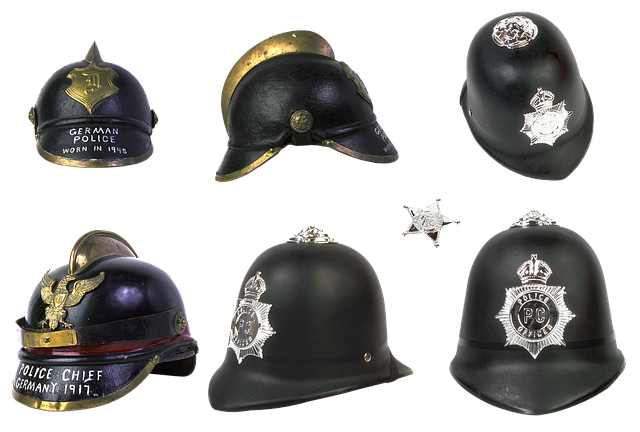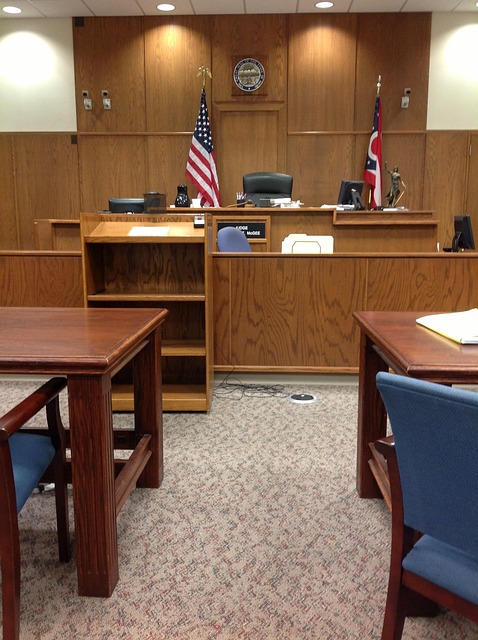Whistleblower Protection Lawsuits empower individuals exposing illegal or unethical activities within organizations to seek justice and compensation, including damages for personal injury such as lost wages, emotional distress, job loss, reputational damage, and psychological impact. These lawsuits can also include punitive damages for deterrence. Calculating damages is a nuanced process distinct from traditional personal injury cases, requiring legal counsel specializing in whistleblower matters to ensure compliance with state and federal laws. The process involves identifying and documenting evidence of wrongdoing, filing a detailed complaint with the appropriate agency or court, and navigating complexities to achieve successful outcomes.
“Whistleblower protection lawsuits are crucial tools for individuals who expose illegal or unethical activities within organizations. This article delves into the intricate world of these legal battles, focusing on rights and protections, damage assessment, and navigating the lawsuit process. Understanding whistleblower laws is essential, especially when calculating damages in personal injury cases—a key aspect of compensating wronged individuals.
We explore how to assess compensatory and punitive injuries, providing insights for those seeking justice. By following legal steps, whistleblowers can successfully pursue their rights and contribute to a safer, more accountable society.”
- Understanding Whistleblower Protection Lawsuits: Rights and Protections for Individuals
- Calculating Damages: Assessing Compensatory and Punitive Injuries in Whistleblower Cases
- Navigating the Legal Process: Steps to File a Successful Whistleblower Protection Lawsuit
Understanding Whistleblower Protection Lawsuits: Rights and Protections for Individuals
Whistleblower Protection Lawsuits empower individuals who expose illegal or unethical activities within organizations to seek justice and compensation. These lawsuits are designed to safeguard citizens who, by reporting misconduct, may face retaliation from employers or other entities. Understanding your rights under these protections is crucial when navigating such legal proceedings.
When a whistleblower successfully proves their case, calculating damages in personal injury cases becomes a key aspect. This can include compensatory damages for lost wages, emotional distress, and other harms suffered due to the retaliation. In some instances, punitive damages may also be awarded to deter future misconduct. Across the country, various laws offer complete dismissal of all charges as a safeguard against baseless whistleblowing claims, further emphasizing the importance of protecting individuals who take a stand against corruption and illegal practices.
Calculating Damages: Assessing Compensatory and Punitive Injuries in Whistleblower Cases
When navigating whistleblower protection lawsuits, calculating damages is a complex process that goes beyond traditional personal injury cases. Assessors must account for both compensatory and punitive injuries to provide an accurate representation of the harm suffered by whistleblowers. Compensatory damages aim to rectify economic losses and non-economic harms, such as emotional distress, resulting from their disclosures. This includes potential job loss, reputational damage, and the psychological impact of speaking out against unethical practices.
Punitive damages, on the other hand, serve as a deterrent by imposing financial penalties on wrongdoers. Courts consider factors like the severity of the misconduct, the whistleblower’s courage in coming forward, and the defendant’s ability to pay when determining punitive damages. This aspect of damage calculation is crucial in ensuring that whistleblowers receive not just compensation but also a level of justice that reflects the unprecedented track record of their actions in achieving extraordinary results for corporate and individual clients alike.
Navigating the Legal Process: Steps to File a Successful Whistleblower Protection Lawsuit
Navigating the legal process to file a successful whistleblower protection lawsuit involves several key steps. First, individuals must identify and document evidence of wrongdoing within their respective business or organization. This may include internal memos, emails, or direct observations that demonstrate illegal activities or violations of public policy. Once this evidence is gathered, it’s crucial to consult with legal counsel specializing in whistleblower protection cases. These attorneys can provide guidance tailored to state and federal laws, ensuring compliance with specific procedural requirements.
Next, the individual should file a detailed complaint with the appropriate regulatory agency or court. This document must clearly articulate the nature of the whistleblowing act, the resulting retaliation, and the damages incurred, including potential Calculating Damages in Personal Injury Cases. A strong case relies on concrete evidence and precise documentation. Effective legal representation can help navigate the complexities of winning challenging defense verdicts, fostering support from both philanthropic and political communities.
Whistleblower protection lawsuits are a critical tool for individuals who expose corporate or government wrongdoings. By understanding your rights, knowing how to navigate the legal process, and effectively calculating damages, you can play a vital role in promoting accountability and ensuring justice. Remember that each step, from recognizing violations to filing a lawsuit, is essential in the fight against unlawful practices. In terms of calculating damages, both compensatory and punitive injuries should be considered, as they significantly impact the outcome and deter future misconduct. As previously mentioned, navigating these complex cases requires a structured approach, from gathering evidence to consulting legal experts. Ultimately, these lawsuits not only provide compensation but also serve as a testament to the power of individual actions in reshaping organizational landscapes.






